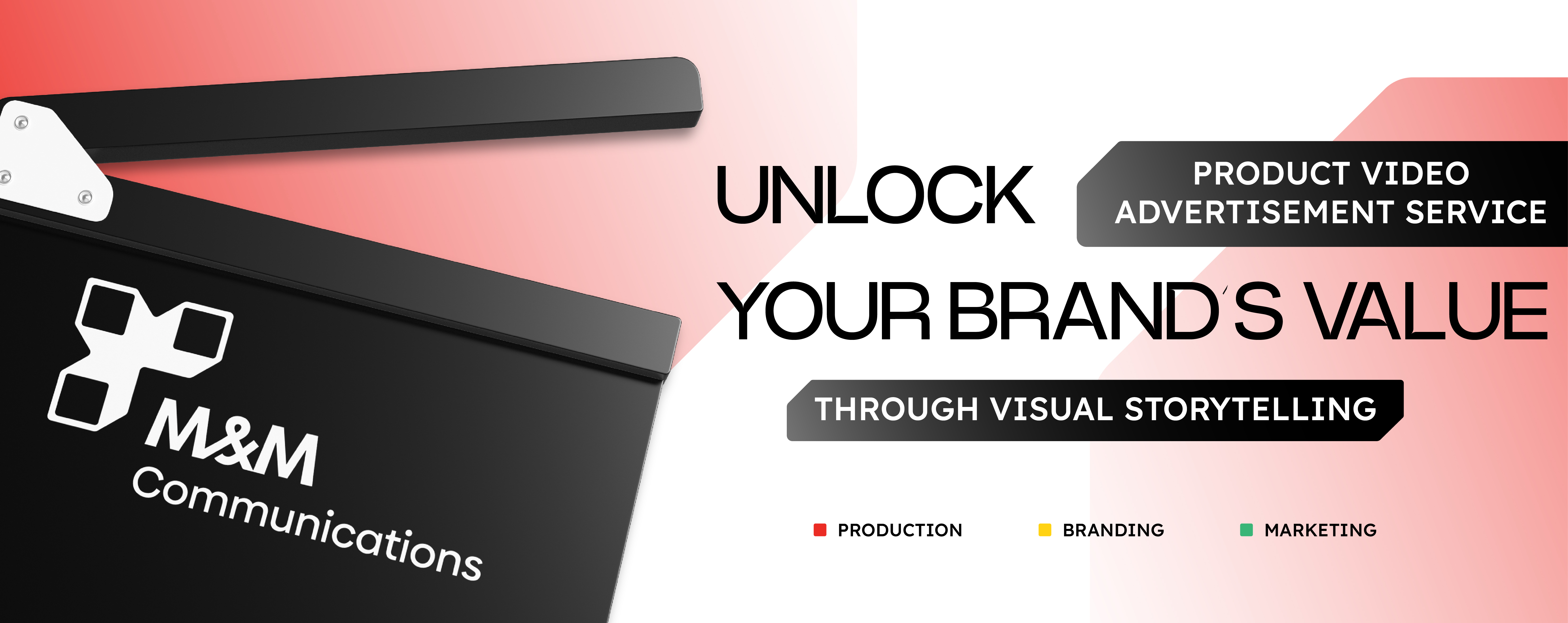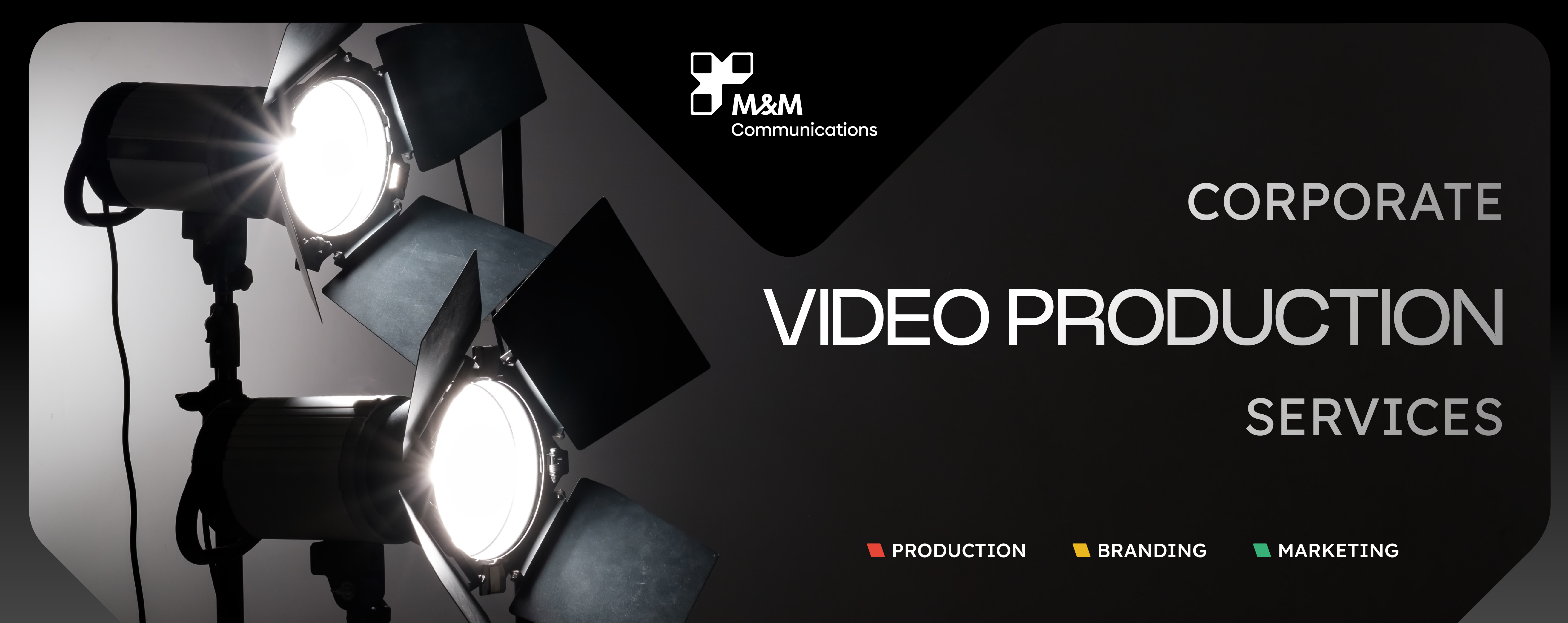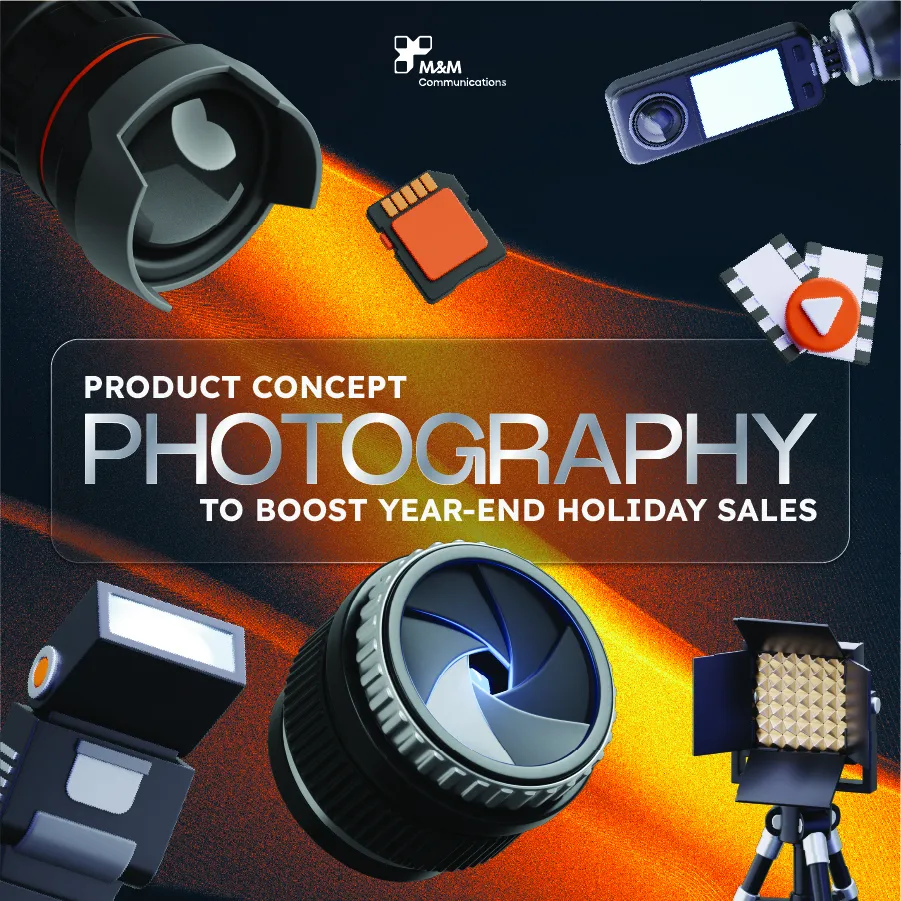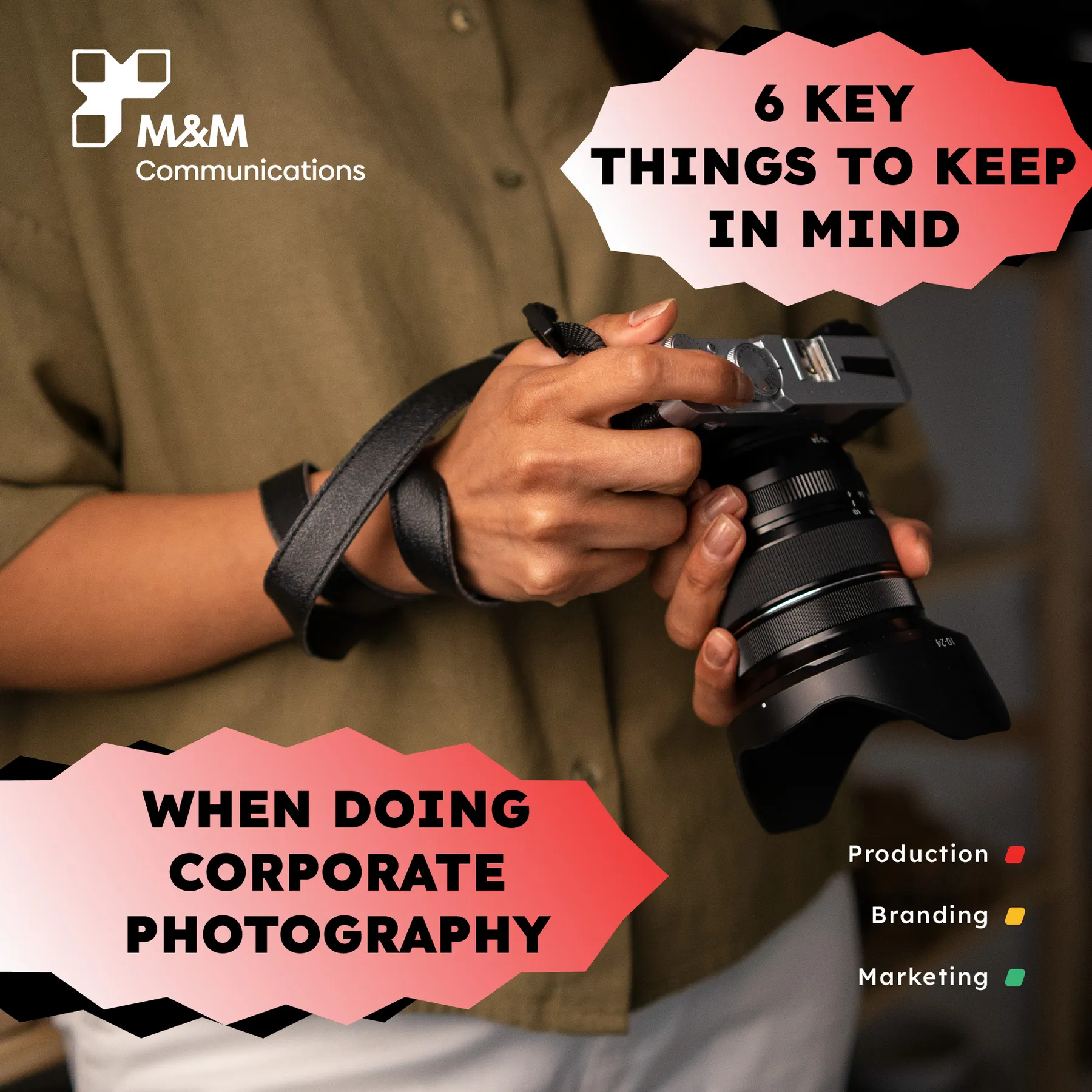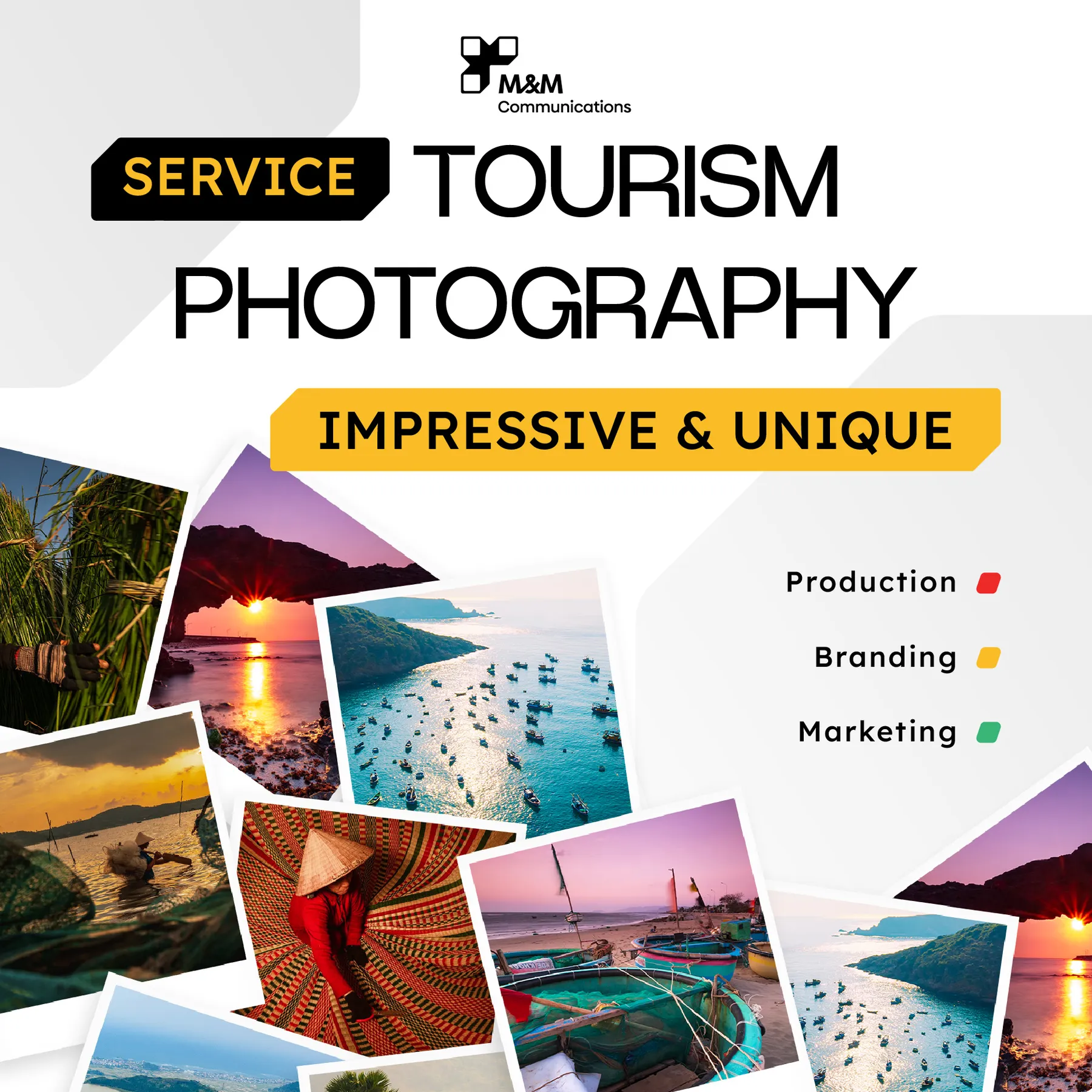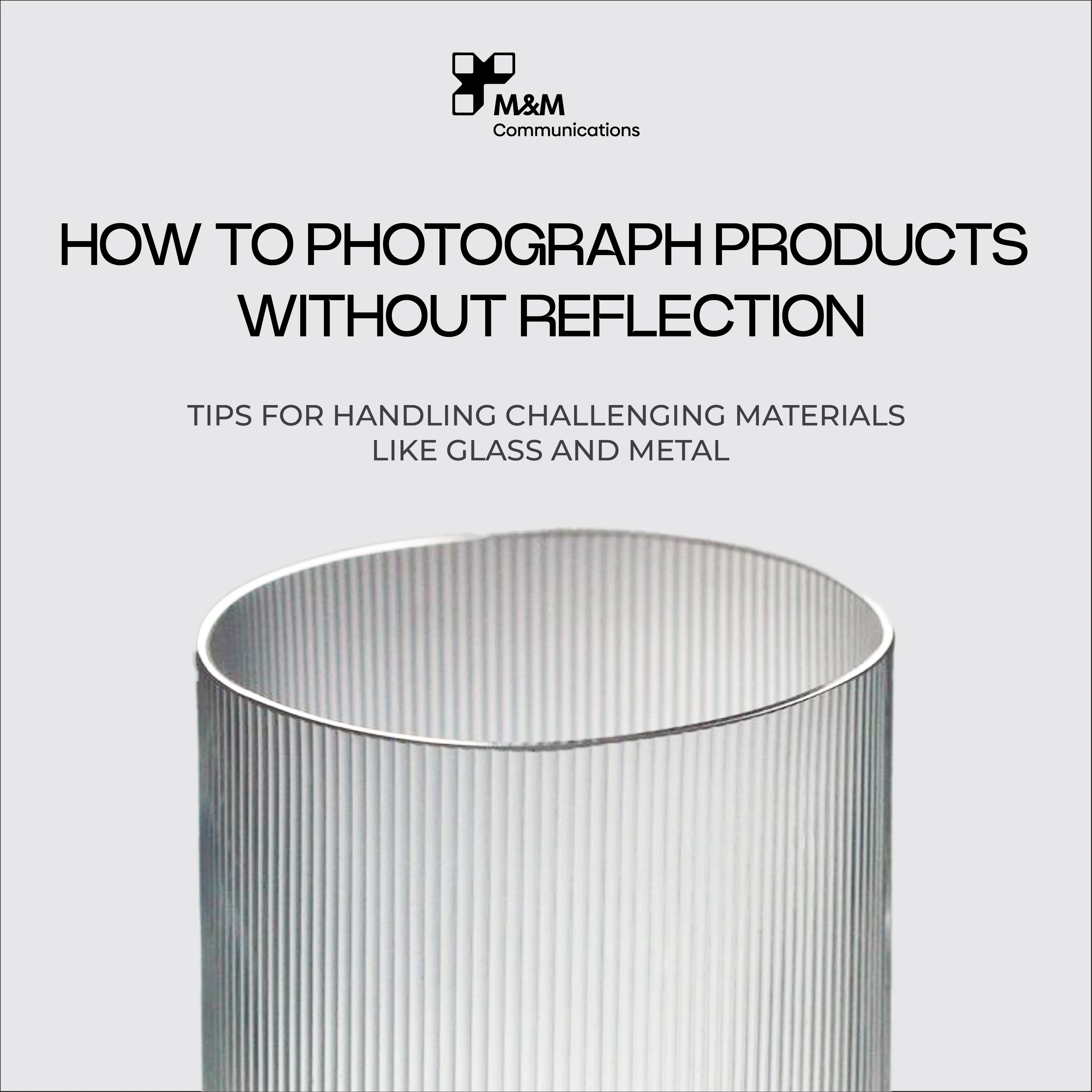
HOW TO PHOTOGRAPH PRODUCTS WITHOUT REFLECTION: TIPS FOR HANDLING CHALLENGING MATERIALS LIKE GLASS AND METAL
Product photography plays a crucial role in shaping consumer perception and influencing purchasing decisions. However, one of the most common challenges in this field is dealing with highly reflective materials—such as glass, metal, or transparent plastics. These materials can easily reflect lights, the camera, or even the photographer themselves, causing distractions and reducing the professionalism of the final image. So how can you photograph products without unwanted reflections?
Below are tips to help you handle these tricky surfaces and produce high-quality, polished product images.
1. Use Diffused Lighting
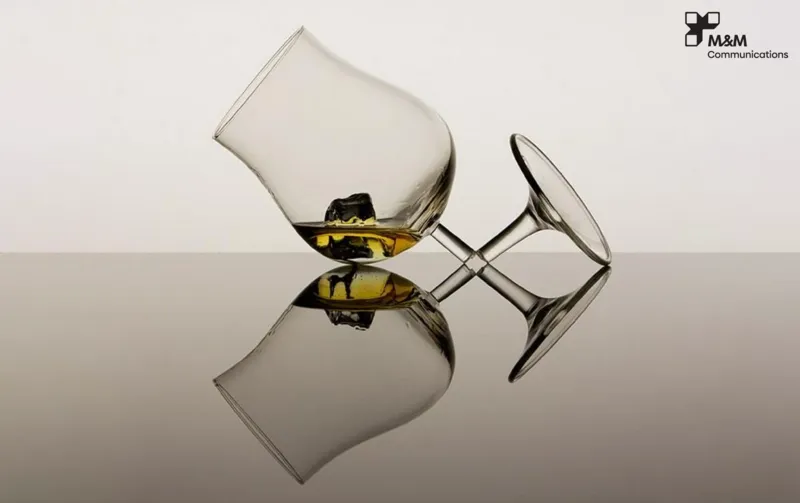
The key to eliminating harsh reflections lies in your light source. Instead of using direct lighting, opt for diffused light. This can be achieved by:
Using a light tent or softbox to soften and spread the light evenly.
Placing white diffusion paper or tracing paper between the light source and the product.
Bouncing light off white walls, foam boards, or ceilings to create a softer effect.
Diffused lighting helps reduce sharp highlights and prevents unwanted reflections on shiny surfaces.
2. Control the Environment
Reflective objects act like mirrors, capturing everything around them. Therefore, simplifying and controlling the shooting environment is essential:
Use black or white foam boards around the product to block reflections from the room or equipment.
Wear black clothing to minimize the chance of appearing in reflections.
Keep the studio tidy and remove any colorful or bright objects that may be reflected.
>>> Behind The Scenes: What Happens During A Professional Product Photoshoot?
3. Choose the Right Angle
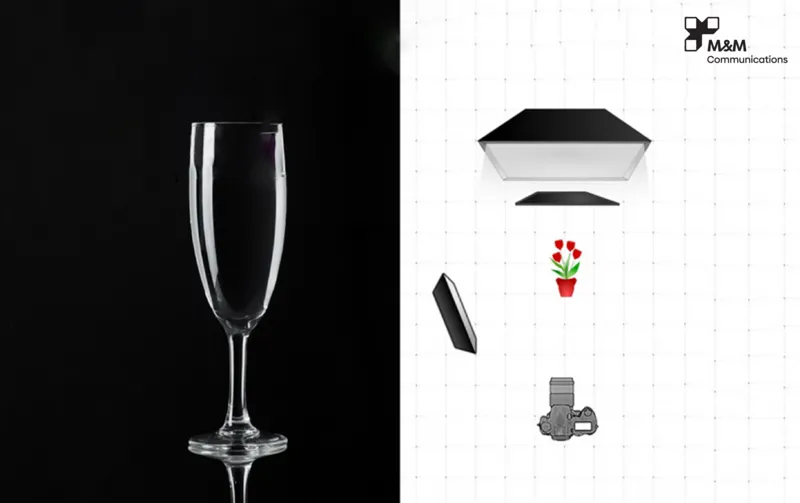
Sometimes, adjusting the shooting angle can make a big difference. Try:
Shooting slightly from above or below to avoid reflecting yourself or the camera.
Rotating the product until the most flattering angle with minimal reflection is found.
Moving the light source around to find the angle that highlights the product without bouncing light into the camera lens.
4. Use Polarizing Filters
A circular polarizing filter (CPL) can be attached to your camera lens to reduce reflections and glare. This is especially effective for glass products, glossy packaging, and metallic finishes. However, be aware that polarizers can slightly darken the image, so you may need to adjust exposure accordingly.
5. Utilize Post-Production Editing
Even with careful setup, minor reflections may still appear. That’s where photo editing tools like Adobe Photoshop or Lightroom come into play. In post-production, you can:
Clone out or brush over small reflections.
Adjust highlights and contrast to reduce glare.
Layer multiple shots together (HDR technique) to balance exposure and eliminate problem areas.
6. Special Tips for Glass and Metal
For Glass:
Place a dark background behind the glass to make it pop.
Add a strip of white paper at the sides or underneath to create a clean edge outline.
Use backlighting carefully to make the glass transparent without overexposure.
For Metal:
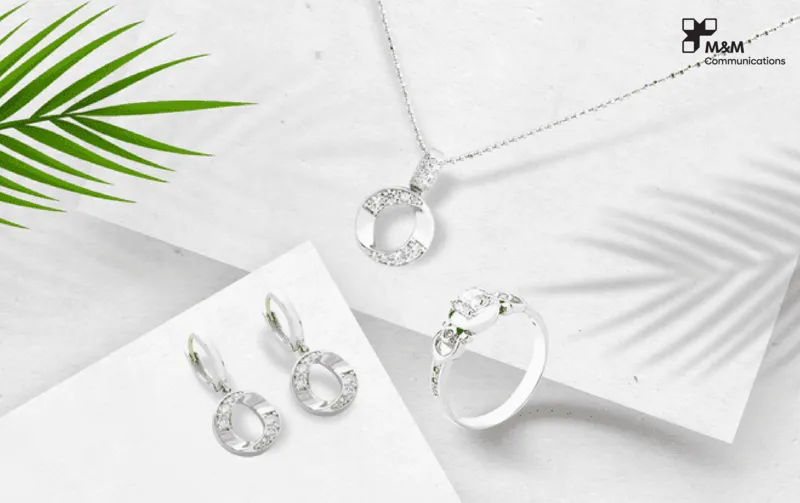
Try using a “gradient reflection” by placing a gradient card or curved paper next to the product.
Use black foam boards to shape the reflection and give the product more dimension.
Don’t use flash directly on metallic surfaces—always soften it.
7. Test and Experiment
Every product is different, and each material reacts uniquely to lighting. The best way to improve is to test:
Take multiple shots with slight variations in light and angle.
Review the images at full resolution to spot any distractions.
Build a small product photography kit that includes softboxes, foam boards, diffusion materials, and polarizers.
Conclusion
Photographing reflective products, such as glass and metal, isn’t easy, but it’s not impossible. With proper lighting, setup, and a bit of patience, you can minimize reflections and highlight the true beauty of your product. At M&M Communications, our team of professional photographers understands these technical challenges and applies proven techniques to deliver clean, commercial-grade product visuals. Whether for your online store, social media, or promotional campaign, we ensure every product photo reflects your brand's quality—minus the glare.
>>>> M&M Communications provides professional product photography services
